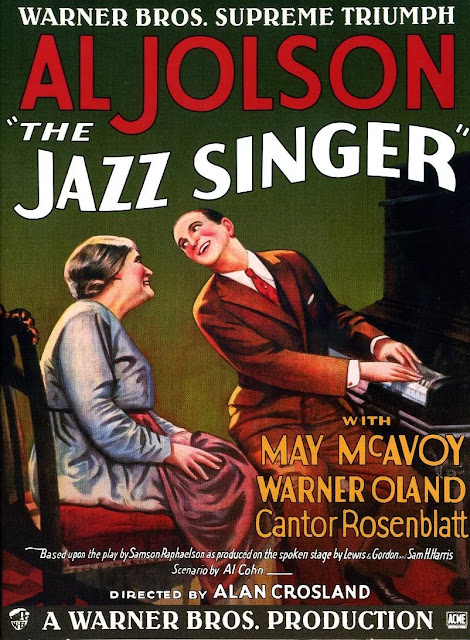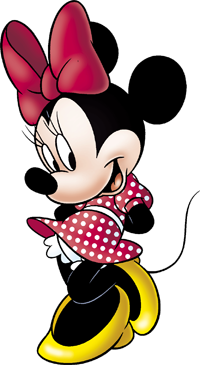IN TODAY'S STORY we seem to have Anthony Boucher's alternative take on EQ's "The Adventure of The Mad Tea Party," as a Yuletide celebration degenerates into a hunt for missing jewels and whoever took them, unavoidably resulting in a . . .
"Mystery for Christmas."
First appearance: EQMM, January 1943 (today's text).
Reprinted in:
The Saint’s Choice v6, 1946
Ellery Queen’s Mystery Magazine (Australia) #11, May 1948
Crime for Two, 1955
The Illustrated London News, November 8, 1957
Ellery Queen’s Anthology #3, 1962
Exeunt Murderers, 1983
Mystery for Christmas, 1990
Merry Murder, 1994
Murder Most Merry, 2002.
Short story (15 pages).
"Damme, sir, it’s obvious."
IF YOU'RE A POLICEMAN, then you just know it's going to be a weird case when your prime suspects are Mickey Mouse, Snow White and Dopey, Donald Duck, and one of the Three Little Pigs; and Minnie Mouse seems to think that at least one of them abducted her jewelry from her bedroom right in the middle of a Christmas party. A very unlikely pair of sleuths, one a baffled cop ("to be honest I don’t know as I’m very bright") and the other an acerbic, unemployed, hardly overly modest screenwriter ("I, sir, am what makes writers tick"), embark on a quest, not for the Golden Fleece, but for a missing necklace (comprised, Minnie says, of "my emeralds and rubies") . . .
Main characters:
~ Mr. Quilter ("He was also, he might have added, what makes detectives tick"), Officer Tom Smith ("He smiled wryly and indicated his wounded arm"), Aram Melekian ("Go play with your blue pencil"), Lieutenant Michaels ("He knows a thing or two just the same, and his left eyebrow does tricks when he hears or sees something that isn’t kosher. It was doing tricks now"), Beverly Benson ("She was dressed like Minnie Mouse"), Daniel Wappingham ("So the fat’s in the fire at last"), Harvey Madison ("occupation, actor’s representative — tenpercenter to you"), Philip Newton ("A Newton photograph was The Thing to Have in the smart Hollywood set"), Jane Newton ("Then she said 'Philip' and fainted"), and Bela Strauss ("But this thief of jewels — him I have seen").
References and resources:
- "his rickety Model A":
"The Ford Model A (also colloquially called the A-Model Ford or the A, and A-bone among hot rodders and customizers) is the Ford Motor Company's second market success, replacing the venerable Model T which had been produced for 18 years. It was first produced on October 20, 1927, but not introduced until December 2. This new Model A (a previous model had used the name in 1903–04) was designated a 1928 model and was available in four standard colors." (Wikipedia HERE.)
- "radios were tuning in to Amos and Andy":
"Amos 'n' Andy was an American radio sitcom about black characters, initially set in Chicago then later in the Harlem section of New York City. While the show had a brief life on 1950s television with black actors, the 1928 to 1960 radio show was created, written and voiced by two white actors, Freeman Gosden and Charles Correll, who played Amos Jones (Gosden), Andrew Hogg Brown (Correll), and George 'Kingfish' Stevens (Gosden) as well as incidental characters. On television from 1951–1953, black actors took over the majority of the roles; white characters were infrequent." (Wikipedia HERE.)
- "Cacoethes scribendi":
"an uncontrollable urge to write" (Merriam-Webster HERE).
- "I entered the industry at the beginning of talkies":
"The primary steps in the commercialization of sound cinema were taken in the mid-to-late 1920s. At first, the sound films which included synchronized dialogue, known as 'talking pictures,' or 'talkies,' were exclusively shorts. The earliest feature-length movies with recorded sound included only music and effects. The first feature film originally presented as a talkie (although it had only limited sound sequences) was The Jazz Singer, which premiered on October 6, 1927. A major hit, it was made with Vitaphone, which was at the time the leading brand of sound-on-disc technology. Sound-on-film, however, would soon become the standard for talking pictures.
. . . "While the introduction of sound led to a boom in the motion picture industry, it had an adverse effect on the employability of a host of Hollywood actors of the time. Suddenly those without stage experience were regarded as suspect by the studios; as suggested above, those whose heavy accents or otherwise discordant voices had previously been concealed were particularly at risk." (Wikipedia HERE.)
- "bughouse parties":
"having or showing a very abnormal or sick state of mind" (Merriam-Webster HERE).
- "this Disney Christmas party"; Mickey Mouse; Snow White and Dopey; the Little Pig; and Donald Duck:
- "dressed like Minnie Mouse":
"Minnie Mouse is an American cartoon character created by the Walt Disney Company. As the longtime sweetheart of Mickey Mouse, she is an anthropomorphic mouse with white gloves, a red or pink bow, blue (or pink or red) polka-dotted dress, white bloomers and yellow low-heeled shoes occasionally with ribbons on them." (Wikipedia HERE.)
- "unless a fence sings":
"A fence, also known as a receiver, mover, or moving man, is an individual who knowingly buys stolen goods in order to later resell them for profit. The fence acts as a middleman between thieves and the eventual buyers of stolen goods who may not be aware that the goods are stolen." (Wikipedia HERE.)
- "back in ’29"; "her father took the quick way out":
Referring to the Wall Street market crash of 1929. Legend has it that some investors "took the quick way out," i.e., committed suicide. (Wikipedia HERE.)
- "A Bette Davis role":
"Ruth Elizabeth 'Bette' Davis (1908–1989) was an American actress of film, television, and theater. Regarded as one of the greatest actresses in Hollywood history, she was noted for her willingness to play unsympathetic, sardonic characters and was known for her performances in a range of film genres, from contemporary crime melodramas to historical and period films and occasional comedies, although her greatest successes were her roles in romantic dramas." (Wikipedia HERE.)
- There's more than just a passing resemblance between "Mystery for Christmas" and a story by G. K. Chesterton (HERE), as well as one by Agatha Christie (WARNING! SPOILERS! HERE).
- We last considered Anthony Boucher's work several years ago, the story "Transcontinental Alibi" (HERE). Others expressed opinions about his Exeunt Murders collection (HERE). And we rather enjoyed "The Girl Who Married a Monster" (HERE).
- Boucher's science fiction/fantasy was always above average: "Public Eye" (HERE), "The Anomaly of the Empty Man" (HERE), and "Elsewhen" (HERE).
Unless otherwise noted, all bibliographical data are derived from The FictionMags Index created by William G. Contento & edited by Phil Stephensen-Payne.
~~~~~~~~~~~~~~~~~~~~~~~~~~~~~~~~~~~~~~~~~~~~~~~~~~~~~~~~~~~~~~~~~~~~~~~~~~~~


%20cover.jpg)
%20cover,%20May%201948.jpg)

.jpg)













No comments:
Post a Comment